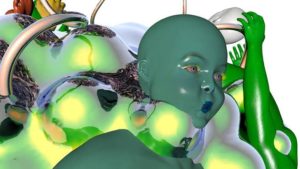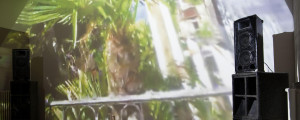Right now, the prevalence of HD video is a focus in contemporary art and Southwark’s Jerwood Space is ideal for looking at the way emerging practitioners are using the medium. Tomorrow Never Knows (The Jerwood Film and Video Awards) presents us with a story of twos. There are two artists, Ed Atkins and Naheed Raza, and their two films, ‘Warm, Warm, Warm Spring Mouths’ (2013) and ‘Frozen in Time’ (2013), respectively. They’re presented at an exhibition based on the completion of a two-year cycle, which has seen four moving-image artists compete for the bursary and commissioning fund of £56,000 from Film and Video Umbrella.
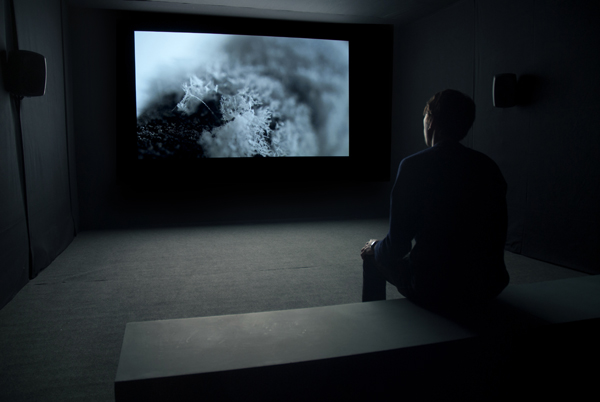
The selection panel for the award includes notables of the industry like artist and filmmaker Phil Collins and Film and Video Umbrella director Stephen Bode. Their deliberations, along with the hands-on support from the FVU, have made it possible for two new emerging talents to produce their films. UK-based sculptor and film maker Raza presents a continuation of her ideas on cryonics, man’s continued obsession with immortality and our ambiguous relationship with death. The film concentrates on various US institutions dealing in cryopreservation and their staff in documentary-style; probing at these most base fears and the role of science within them. Meanwhile, Atkin’s film explores the possibilities of digital-imaging in revealing our conceptions of identity, the subconscious and the uncanny. The highly-structured film rotates with no narrative but an almost musical rhythm and script.
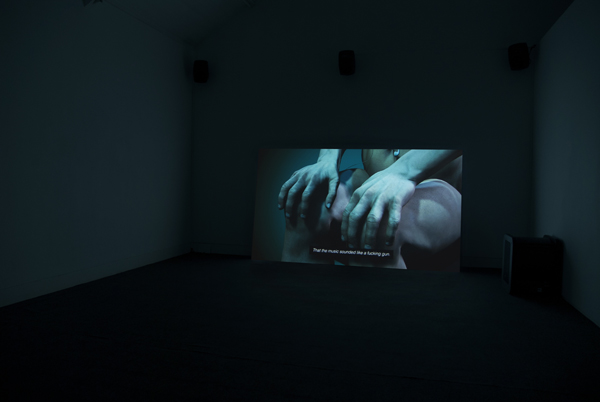
Both films feel as though they have made the most of the substantial funding in their glossy appearance and meticulous detailing and it is clear that HD video technology has worked well in both instances. But what does this say for emerging filmmakers working in mediums who are struggling? And what is the job of such an exhibition such as Tomorrow Never Knows, in terms of its responsibility for forecasting trends in contemporary film-making?
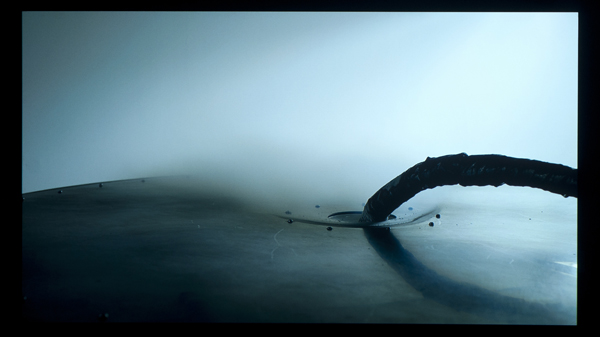
At a time when 16mm formats are being discontinued and young filmmakers turning to HD more than ever, there are the obvious questions of whether a presentation like this one should embrace and champion a new digital medium or protect and represent those fading analogue modes. Such formats are by no means dead, but they are being dominated, in London particularly, by larger budget productions in HD from staple galleries like Gagosian, Lisson and White Cube.
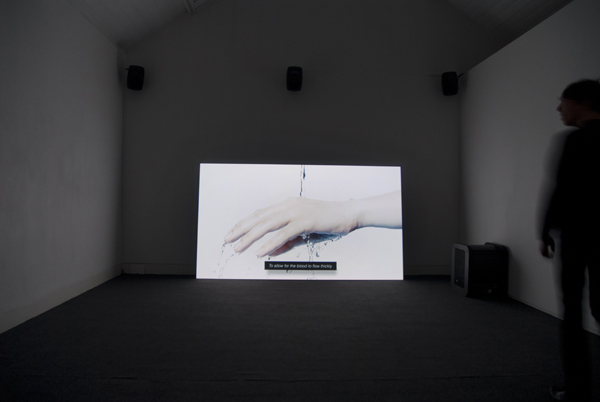
Whatever your thoughts on the responsibilities of the award itself, the works included this year display a healthy dialogue between the selectors of the award and the artists themselves, as well as a clear love of process in film making. Both the films in the show express ambiguity of one sort or another and the curation manages to balance them well; raising some interesting questions about the future of filmmaking, as well celebrating new and emerging talent.
Tomorrow Never Knows runs from January 16 to February 24, 2012 at the Jerwood Space in Southwark. Admission is free.


